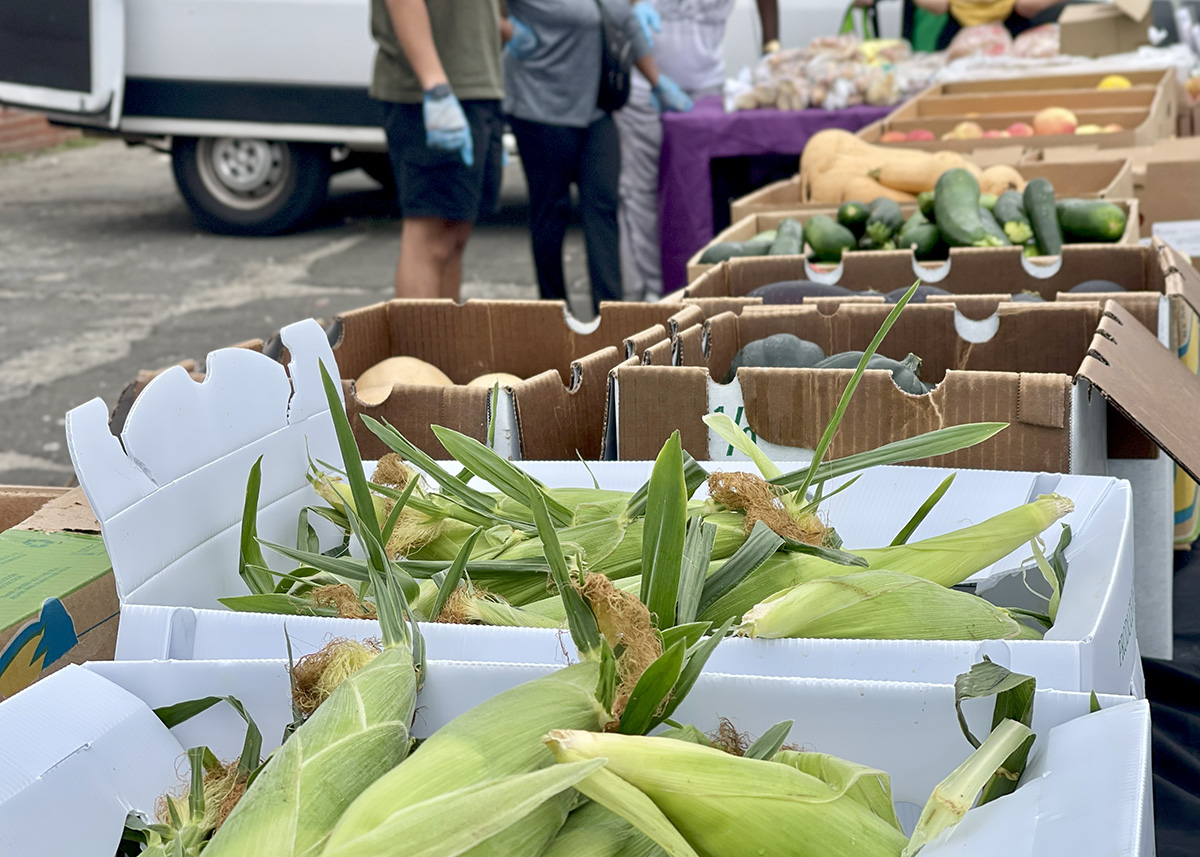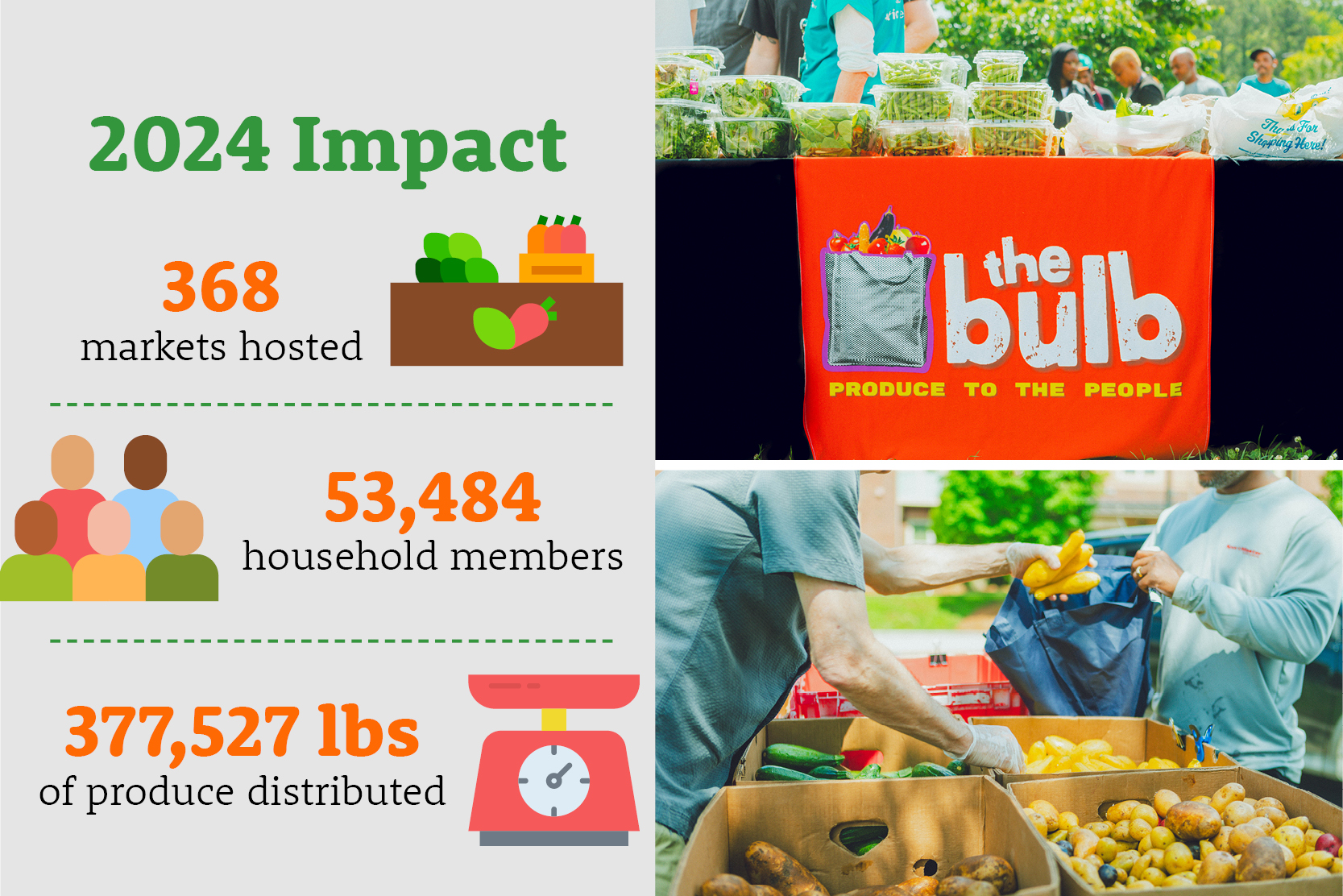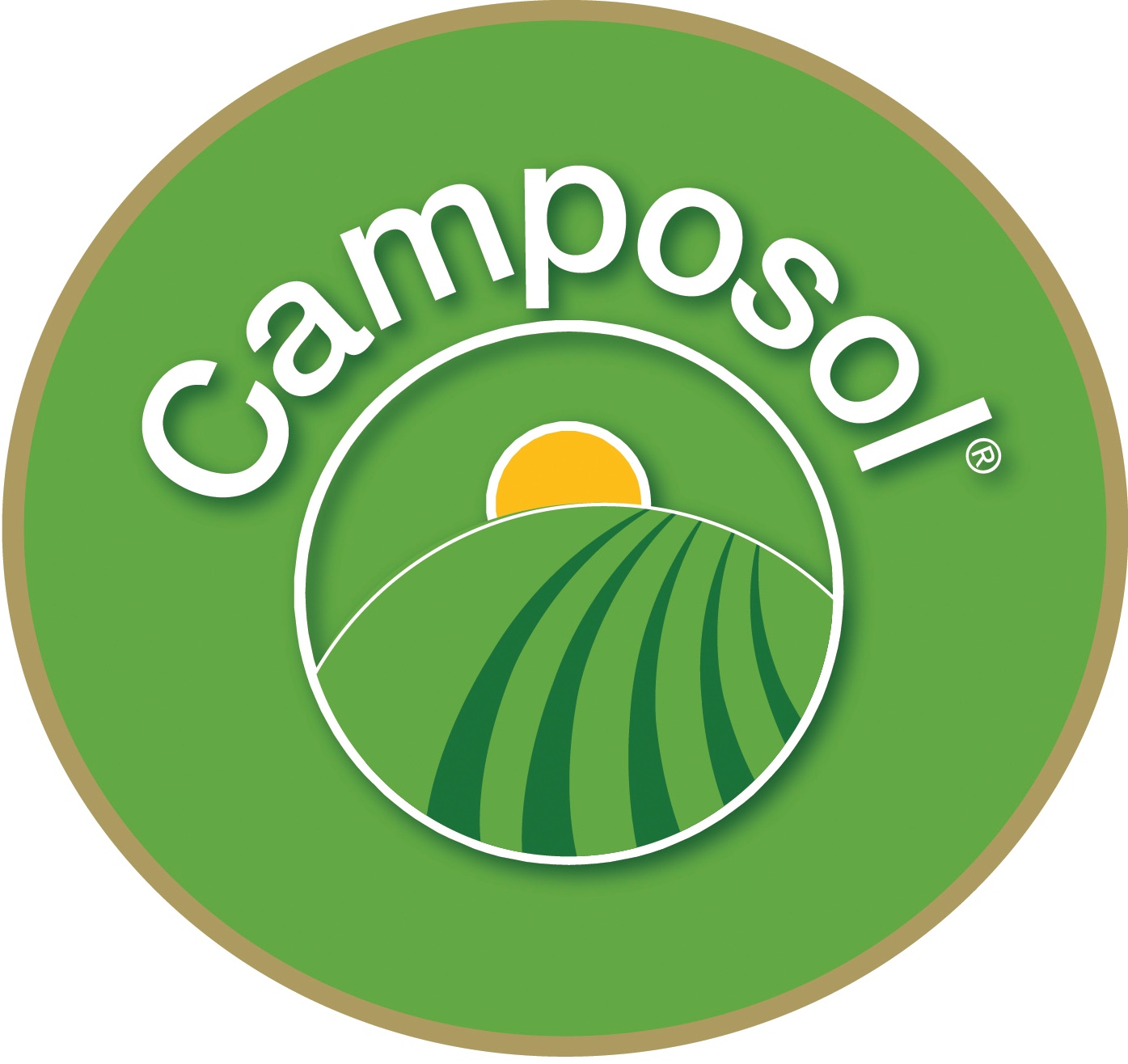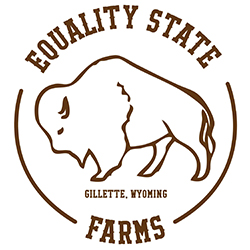Editor's note: This story is part of an ongoing “Sowing Change” series about urban farming.
On a warm summer day in Charlotte, N.C., people gather to choose from a collection of free fresh produce at a mobile farmers market. In what are considered underserved communities, the visitors are eager for fresh produce and sometimes share stories of how this access has changed their lives for the better.
An older woman tells a volunteer that she has lost 10 pounds since she began shopping at the market — a change her doctor celebrated. For her, the produce wasn't just nourishment; it was proof that consistent access to fresh food could transform her health.
A young woman quietly shares something personal with the market's director. She struggled with an eating disorder, she says, and fresh food had always been difficult to afford. The produce she carried home that day — bright bell peppers, leafy greens, a bundle of sweet potatoes — wasn't just dinner. It was a lifeline.
Stories like these unfold daily thanks to the work of The Bulb, a program that blends urban farming, grocery partnerships and community-driven mobile markets to deliver fresh produce where it's needed most.
With its “community-led, community-fed” model, The Bulb is rethinking how fresh, healthy food reaches neighborhoods in need. Instead of mapping out neighborhoods themselves, organizers wait for residents and local partners to tell them where markets are needed most.
Then, by blending rescued grocery produce, partnerships with small Carolina farms and crops grown on donated plots, The Bulb operates hundreds of mobile markets each year. The results: thousands of families are gaining access to fresh fruits and vegetables, measurable improvements in health and a deeper sense of community ownership over local food systems.
For many families, predictability is as important as produce, says Lisa Mathews, executive director for The Bulb. The mobile market runs 50 weeks a year, at the same times and places, so residents can plan ahead. Families report saving $30 to $50 per visit — money that can go toward rent, child care or medical bills, Mathews says.
Since launching in 2016, the organization has gone from two weekly markets to more than a dozen free markets each week, each market serving 40 to 80 households.
“We are a place-based service,” Mathews says. “We work with community members, with our funding partners and all boots-on-the-ground organizers to select the location for the market, to make sure that we are in a good area where there's walkability.”
Other considerations include arranging times to fit the residents' needs, whether that's at a time when school is letting out, or an earlier time for senior citizens.
“Looking at those different variances between communities to really understand the time, the location, the space and then also the types of food that we're bringing to the market,” Mathews says.

From Farm to Family
Just 3 miles from Charlotte's city center, The Bulb Urban Farm, a 2.5-acre farm provides seasonal, locally grown food. Bell peppers, jalapeños, collards, sweet potatoes and even sorrel — requested by residents from Eastern Europe — are planted based on community preferences, says Eddie Watt, farm manager at Garinger High School for The Bulb Urban Farm.
“Eddie and our farm team are able to plant seasonal items that are based here in the Carolinas,” Mathews says. “This enables us to teach people about what eating local, eating seasonal, means — especially because a lot of the families we're working with aren't native to here. So being able to introduce them to new items, new foods that are super fresh, foods traveled just five miles down the road, versus 500 miles across the country.”
“We have 16 plots that we can grow off of, and a full commercial-size greenhouse, where we do all of our seed production,” Watt says. “Everything we do is grown from seed. And what we're growing is based on the wants of the community.”
Watt says the farm doesn't just grow food; it grows connections.
Rescuing and Redirecting Food
The organization also works with Trader Joe's, Whole Foods and Costco to rescue unsold produce. Six days a week, volunteers sort through thousands of pounds of donations — around 4,500 pounds weekly. About 70% of it is still perfectly good, Mathews says. The rest goes to compost, creating a closed-loop system that keeps food out of landfills and nutrients in the soil.
“Trader Joe's is our longest-term grocery partner … then Costco and Whole Foods joined the mix. So much of these grocery partnerships is relationship building, and the trust that comes from consistency,” Mathews says.
More Than a Market
The impact is both measurable and deeply human. One volunteer noticed how much joy it brought local families to find sorrel, an herb that reminded them of home.
By keeping its mission rooted in listening, trust and consistency, The Bulb shows how urban farming and food recovery can address more than hunger. They create places where neighbors know each other, where volunteers become friends, and where fresh food becomes the seed for stronger, healthier communities.
Your next read:

















